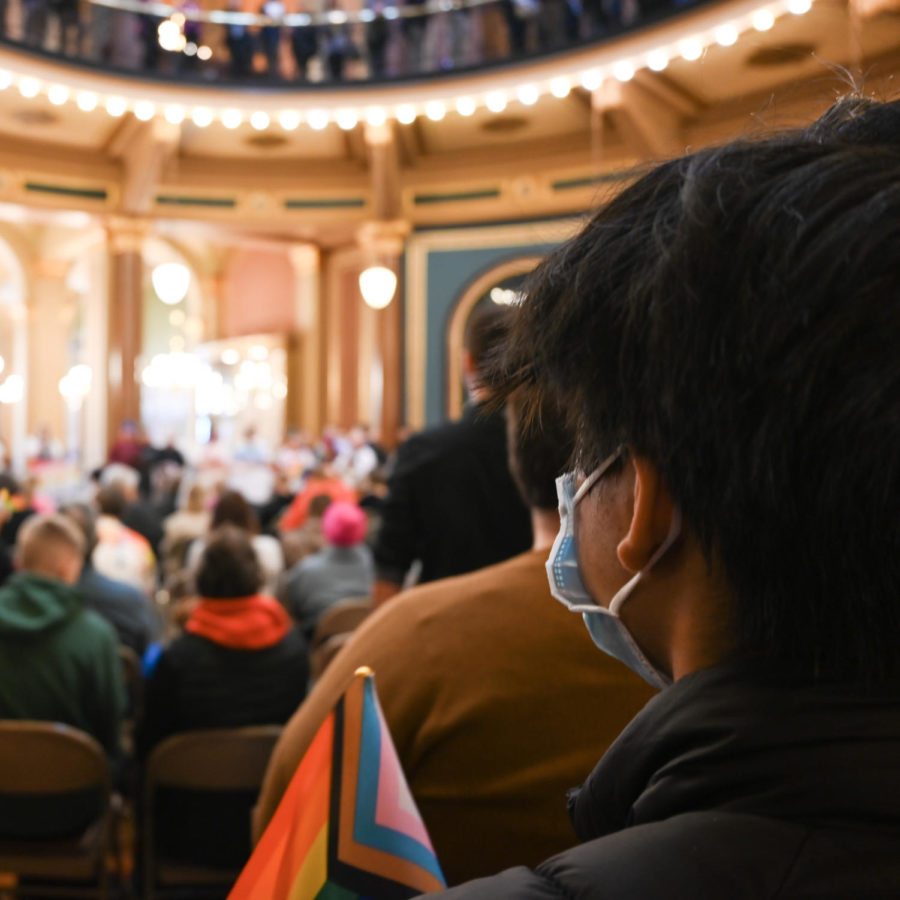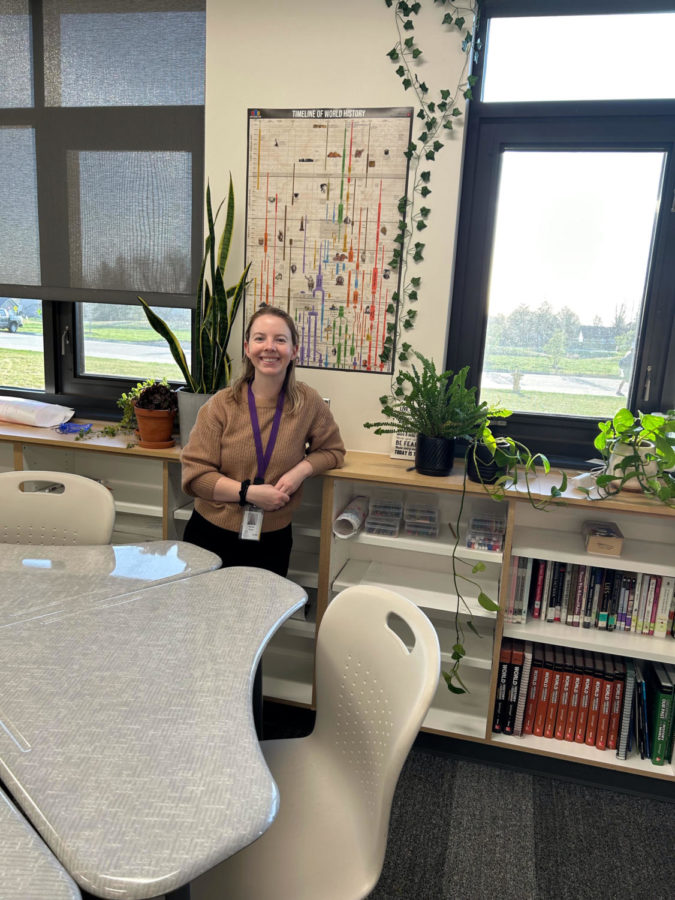Amber Petrak, ’18 strolls into her fifth-period math class just as the bell rings. Exhausted, she begins setting herself up for her eighty minute block period. She plugs her dying phone into a wall outlet under the cupboards. Before class starts, Amber sends off a barrage of Snapchats to her friends at lunch. She clicks send and waits. The grey circle spins for minutes before finally popping up with a red exclamation mark. The message “failed to send” appears on her screen. She then unplugs her phone, removes it from beneath the cupboards, and sets it on her desk. She clicks send again. After a second agonizingly slow cycle of the spinning grey circle, she finally gets a “delivered” message.
Throughout the school year, other students and staff have experienced similar situations to these. Once inside the building, the speed of cellular service noticeably decreases.
Karleen Derry, ’20 also finds the connection in the school to be less than ideal. “I can’t contact anyone at all throughout the day,” Derry said. “I’ll get home and have to scroll through 30 messages from the day.”
Director of Technology Tony Sparks blames the building itself for the slow signal. “The size of the building and the construction materials used are probably the reason for the loss of cellular signal”, Sparks said. Other factors that affect the speed of the signal include the amount of people attempting to use their phones in the same place and the new high school being farther away from cellular towers, meaning it could potentially take longer for the signal to travel to and from the building.
Some areas of the building appear to have faster signal than others. “There are two classrooms I get a better signal in because they’re closer to the large windows,” Grace Doan, ’19, said. Doan’s two classes with the fastest signals are financial literacy and A.P. language, which are both located on the outside of the building. The cafeteria also seems to have a stronger connection. “My guess would be (this is because) of the additional windows in the area,” Sparks said.
Mark Schillerstrom, English teacher, is not bothered by the issue for multiple reasons. Schillerstrom does not use a smartphone, and even if he did, his classroom is on the outside of the building with large windows. Because of the windows, he has never complained or heard his students complain about the signal in his classroom. “Students are always using, or wanting to use, or attempting to access their phone,” Schillerstrom said “[Their phones] are really designed to be addictive devices, so I wonder if it would be better if the signal was worse, because then maybe there would be less continuous access during class.”
There have been rumors amongst students that the school has made efforts to weaken the signal on purpose.“Obviously, the school doesn’t want us using our phones so much,” Doan said.
Schillerstrom disagrees with these rumors. “I would have a hard time imagining that the school would spend money to disrupt the signal,” schillerstrom said. “Teachers and administrators and staff are needing to access their phones, too.”
Sparks also disregards these rumors, saying that the cellular signal strength was not taken into regard during the construction of the new high school. “The Technology Department does not design buildings, that is left up to architects,” Sparks said. “It is impossible for the architects to predict the strength of the cell signal during the design and construction phase.”
United States law also suggests that the rumors are false to some extent. “We remind and warn consumers that it is a violation of federal law to use a cell jammer or similar devices that intentionally blocks, jams, or interferes with authorized radio communications such as cell phones, police radar, GPS, and Wi-Fi”, the Federal Communications Commission warns on their website. However, this does not eliminate the possibility of passive blocks, such as mesh wiring, steel, or concrete. “There could easily be something within the walls (blocking the signal),” Doan said.
Most high schools in the area, like Urbandale, Southeast Polk, Valley and Rosevelt allow their students to connect their phones to the school’s guest wifi.
For some schools, the student wifi is like wifi at a cafe or hotel. Carl Sundermann, computer technician at Valley High School, explained how students are able to connect their personal devices like phones and laptops to the school wifi. “The student is presented with a screen that has them log in with their school network username and password,” Sundermann said. “Our system recognizes the login, and then gives the student appropriate access to resources that students would need.”
However, because of the number of iPads and laptops issued to students and staff, the district insists that they do not have the resources to provide this. “The district has only so much bandwidth to allocate to the entire district so the bandwidth is used for district devices,” Sparks said. Sparks recommends that students wishing to improve the strength of their signal should contact their cellular provider.














